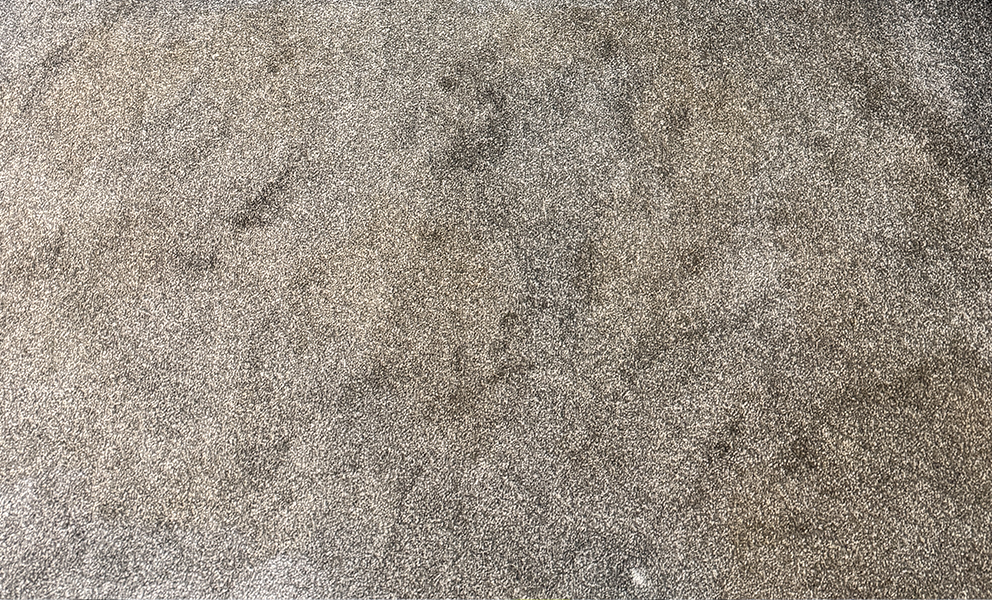Renovating your home can be an exciting journey, transforming your living space into something new and vibrant. However, once the dust settles, you might find yourself confronted with the inevitable aftermath: stubborn carpet stains. Understanding how to clean carpet stains after renovation is crucial for homeowners and businesses alike. In this guide, we will walk you through the process, ensuring your carpets look as good as new.

Understanding the Types of Stains
Before diving into cleaning methods, its essential to know the types of stains commonly encountered after renovation. These can include paint splatters, dust and debris, adhesive residues, and more. Identifying the stain type will help in choosing the appropriate cleaning method.
Paint Splatters
Paint stains are common during renovations. Water-based paints are generally easier to clean than oil-based ones. For effective removal, blot the stain gently with a cloth, avoiding rubbing to prevent spreading.
Dust and Debris
Renovations often leave a trail of dust and debris. Regular vacuuming can help, but sometimes a deep clean is necessary to remove deeper particles embedded in the carpet fibers.
Gathering the Right Supplies
Having the right tools and cleaning solutions is vital. Basic supplies include a vacuum cleaner, carpet brush, mild detergent, white vinegar, and baking soda. For paint stains, you might need a solvent or specialized paint remover.
Vacuum Cleaner
A powerful vacuum cleaner is essential for removing dust and loose debris. Consider using a vacuum with a HEPA filter to trap fine particles effectively.
Cleaning Solutions
For most stains, a combination of mild detergent and water works well. White vinegar is a great natural cleaner, while baking soda can help neutralize odors.
Step-by-Step Carpet Cleaning Process
Now that you have your supplies, it’s time to tackle those stains. Follow these steps to ensure your carpets return to their pristine condition.
1. Initial Vacuuming
Start by vacuuming the carpet thoroughly. This step removes loose particles and prepares the carpet for deeper cleaning.
2. Spot Test Your Cleaning Solution
Before applying any cleaning solution, it’s wise to do a spot test in an inconspicuous area to ensure it doesnt damage the carpet fibers or color.
3. Apply Cleaning Solution
For general stains, mix a solution of water and mild detergent. Gently blot the stain with a cloth dipped in the solution. Avoid soaking the carpet, as too much moisture can lead to mold growth.
4. Rinse and Blot
After treating the stain, use a clean, damp cloth to rinse the area. Blot excess moisture with a dry towel.
Handling Specific Stains
Different stains require different approaches. Below are some tips for handling specific types of stains:
Paint Stains
For water-based paint, use a mixture of water and vinegar. For tougher, oil-based paints, a solvent might be necessary. Always follow the manufacturers instructions when using commercial products.
Adhesive Residues
Gently scrape off any excess adhesive with a dull knife. Apply a small amount of solvent on a cloth and dab the stain until it loosens.
Dust and Debris
Frequent vacuuming and a thorough steam cleaning can help remove embedded dust particles.
Preventive Measures
Once your carpets are clean, taking preventive measures can help maintain their condition and reduce future staining.
Use Protective Coverings
During future renovation projects, use drop cloths or plastic sheeting to protect your carpets from spills and debris.
Regular Maintenance
Regular vacuuming and professional cleaning every 12-18 months can prolong the life of your carpets and keep them looking fresh.
When to Call a Professional
If stains persist despite your best efforts, it might be time to call in professional cleaners. They have access to industrial-grade equipment and cleaning solutions that can tackle even the toughest stains.
Additional Resources
For more detailed cleaning tips, consider visiting Krcher’s cleaning tips for expert advice on maintaining your carpets.
Internal Links for Related Topics
If you’re dealing with specific stains like soy milk or peanut oil, check out these detailed guides for targeted cleaning strategies.

FAQs
1. Can I use bleach on carpet stains?
Bleach can damage carpet fibers and colors. It’s best to use a mild detergent or carpet-specific cleaner.
2. How often should I clean my carpets?
Regular vacuuming is recommended weekly, while professional cleaning should be done every 12-18 months.
3. What if the stain doesn’t come out?
If a stain persists, consider consulting a professional cleaner who can evaluate and treat the stain effectively.
This article contains affiliate links. We may earn a commission at no extra cost to you.


